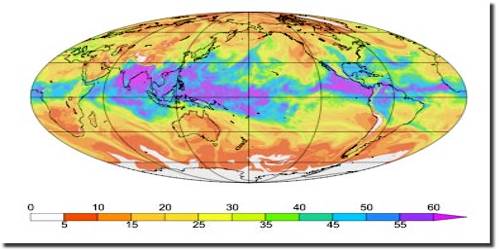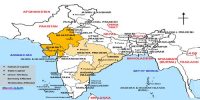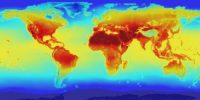Water vapor and dew point in Atmosphere
Water vapor present in the air is known as humidity. It is expressed quantitatively in different ways. The presence of water vapor in our atmosphere plays a large role in determining the weather. Clouds and precipitation occur as a result of the phase change that occurs when water vapor condenses into liquid water. The actual amount of the water vapor present in the atmosphere is known as the absolute humidity. It is the weight of water vapor per unit volume of air and is expressed in terms of grams per cubic meter. The ability of the air to hold water vapor depends entirely on its temperature. The absolute humidity differs from place to place on the surface of the earth. The percentage of moisture present in the atmosphere as compared to its full capacity at a given temperature is known as the relative humidity. With the change of air temperature, the capacity to retain moisture increases or decreases and the relative humidity is also affected. It is greater over the oceans and least over the continents.
The air containing moisture to its full capacity at a given temperature is said to be saturated. It means that the air at the given temperature is incapable of holding any additional amount of moisture at that stage. The temperature at which saturation occurs in a given sample of air is known as dew point.















